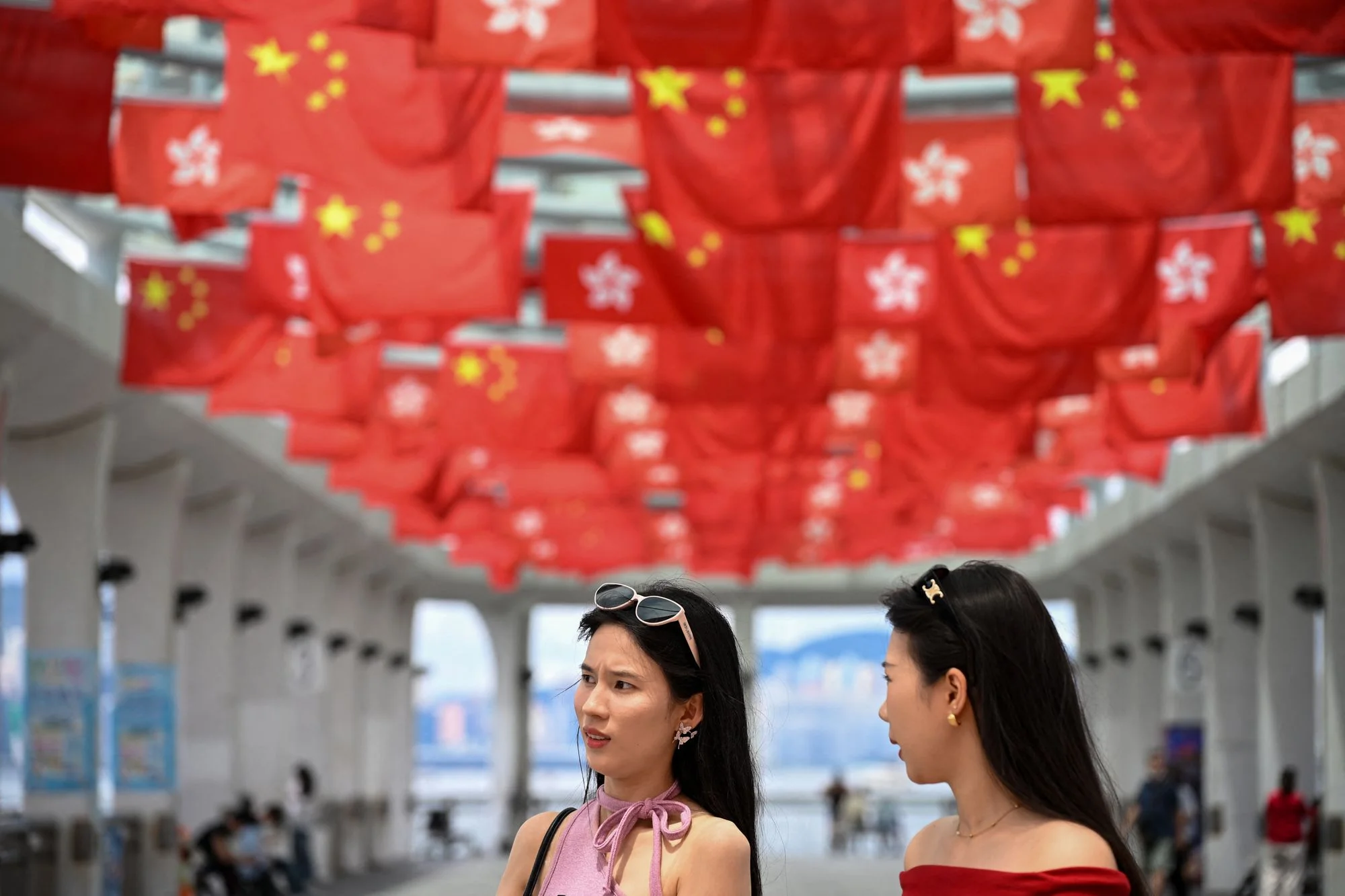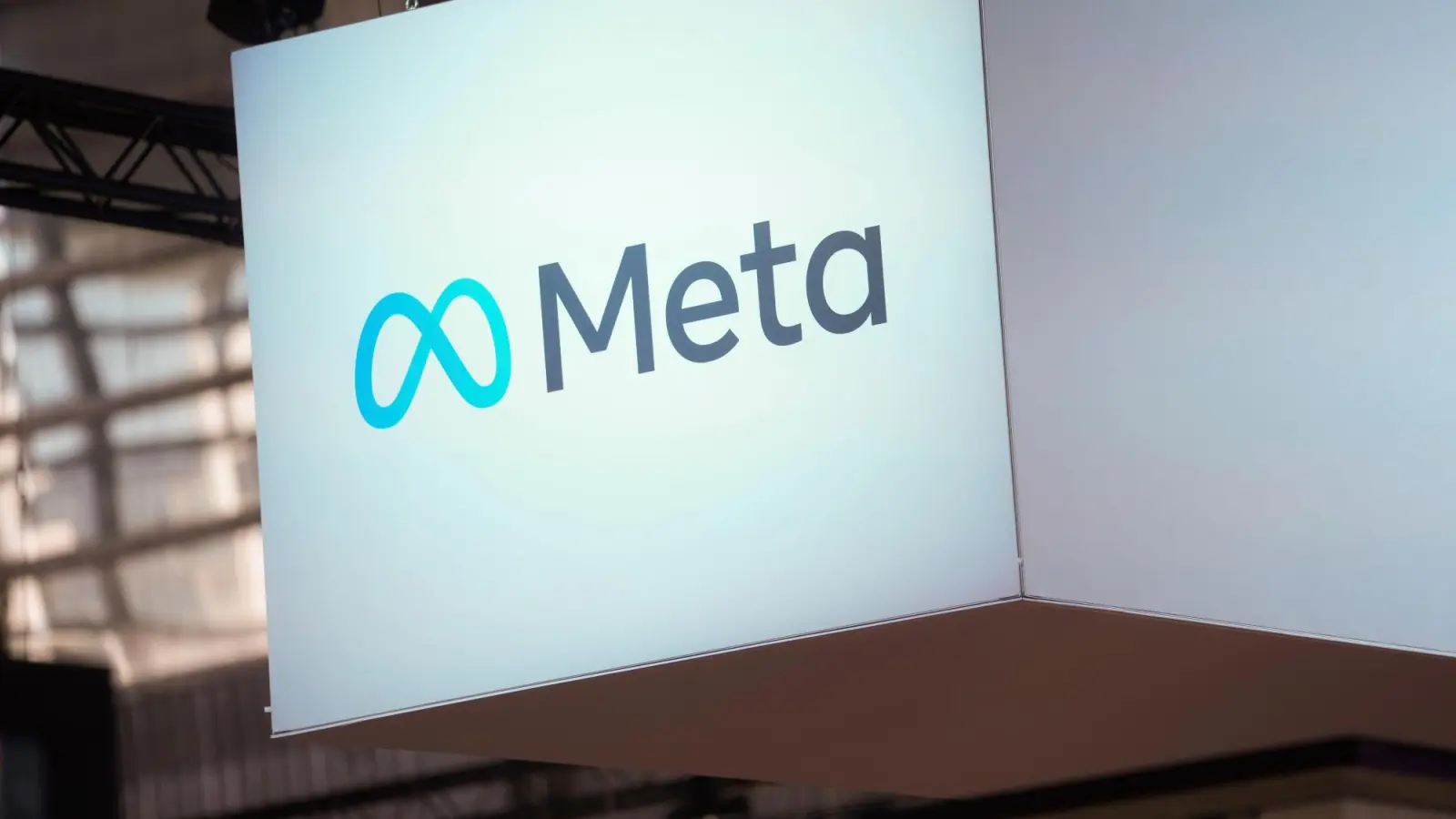China’s new visa opens doors for foreign talent just as Trump tightens H-1B rules: Everything we know
By Shweta Sharma
Copyright independent

China is moving aggressively to attract global talent, unveiling a new visa category to allow foreign professionals to enter, study and work in the country, just as the United States is making immigration tougher under Donald Trump.
The new K visa, which goes into effect on 1 October, is aimed at attracting foreign professionals in the fields of science, technology, engineering and mathematics, or STEM, by making substantial changes in visa regulations for the first time in over a decade.
Unlike traditional work or study permits, the K visa enables young foreign graduates to enter, study and work in China without first securing a job offer, research placement, or local sponsor, according to new guidelines published by Beijing.
The K visa signals Beijing’s determination to compete for global talent as it seeks to position itself as a technological superpower.
The policy shift comes at a time when western countries like the US and the UK are tightening immigration channels, especially for foreign students and skilled workers.
The Trump administration has stepped up its crackdown on illegal immigration and introduced sweeping changes to legal pathways as well. In a move that stunned the tech industry, Mr Trump this month raised the cost of an H-1B visa – the primary route for high-skilled workers into the US – to $100,000. Critics argued this would price out younger professionals and start-ups, limiting America’s ability to attract foreign talent.
“Ultimately, it is a losing proposition for America,” Deepa Ollapally, research professor at George Washington University’s Elliott School of International Affairs, said.
The contrast between the visa policies of the world’s two largest economies is stark: while the US tightens, China is loosening. And these diverging approaches are set to reshape the global contest for skilled talent.
China has been relaxing visa rules for a while now, introducing visa-free entry for as many as 75 nations and increasing foreign visitor numbers by over 30 per cent in the first half of 2025.
Even so, China’s visa system had remained largely unchanged for over a decade. The 2013 Foreigners Entry–Exit Administration Regulations allowed foreigners to apply for 12 types of ordinary visas, each tied to a specific purpose. These ranged from the Z visa for work and the X visa for study to the M visa for business travel and the Q visa for family reunion.
The K visa marks the first significant expansion of the visa system in years, signalling Beijing’s determination to compete for global STEM expertise.
The new visa will go to “foreign young science and technology talent entering China”.
Although the broad outlines of eligibility for the new visa are set, many details remain undefined. Applicants must “meet the conditions and requirements for foreign young science and technology talent stipulated by the relevant Chinese authorities and submit corresponding supporting documents”.
In practice, this means criteria like age limits, educational qualifications or evidence of research or innovation work may apply, though the thresholds are yet to be published.
What is clear is that an applicant must hold at least a bachelor’s degree in a STEM discipline from a recognised university or research institution. Young professionals already engaged in relevant education or research at such institutions are likely to qualify as well.
The definition of “young talent” is deliberately broad, giving China flexibility to tighten or expand eligibility as the programme develops.
According to state media’s estimates, China produces 3.5-3.6 million STEM graduates every year, the highest worldwide. According to China Daily, about 45 per cent of Chinese university students majored in a STEM discipline in 2019, a much higher proportion than in the US and the UK.
The timing of the new visa’s introduction is significant. China made the regulatory changes on 7 August, weeks before the Trump administration announced its H-1B restrictions. While Beijing did not design the policy as a direct counter, it was likely to be viewed through the lens of geopolitical competition.
The K visa also carries symbolic weight as it marks a shift in China’s self-image, from a country that struggled to keep talent at home to one confident enough to compete for the world’s best minds.



